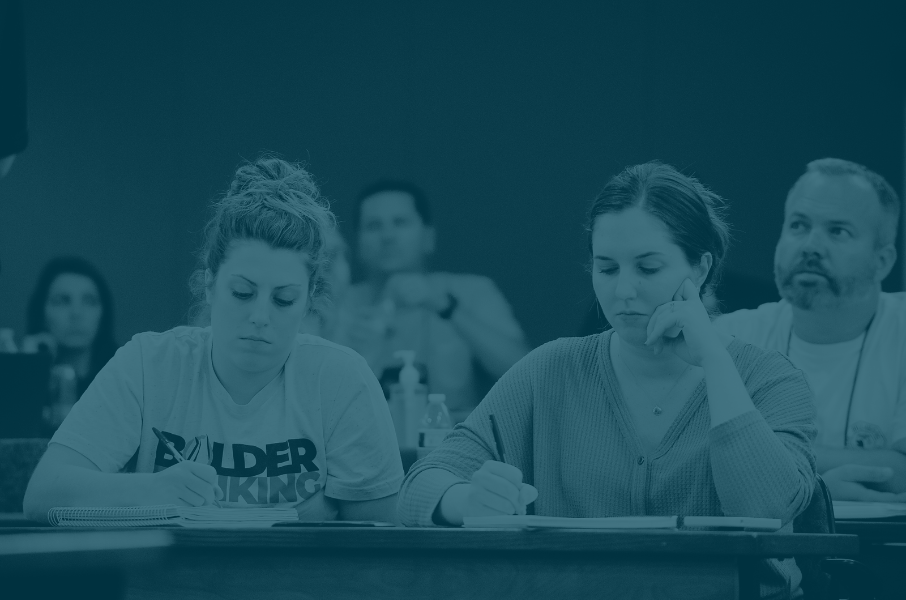by GSBC President Michael Stevens
To provide an incentive for our student peer groups to continue to engage throughout the year, one of GSBC’s intersession projects is a collaborative peer-group project. These groups of 10 students identify a topic of interest, agree on an approach and divide the work among group members.
This past year, one of our student peer groups chose to articulate the challenges of the current economy. Here are their observations:
After nearly a generation of modest to low interest rates and minimal inflation, it is no wonder that the significant spike in inflation and the remedy of higher interest rates has been disruptive to bank customers and bank balance sheets. No bank has been immune to this. Depositors are eager for interest income. The higher rate of inflation has eaten away at the savings of consumers and businesses. These conditions have made deposit funding more costly and more challenging to attract.
Borrowers with variable rate loans need to adjust operations and spending to cover the increased interest costs. Prospective borrowers are forced to make changes in business and purchasing plans. The mortgage lending business has largely dried up.
These dynamics have put significant pressure on the net interest margin and as a result, net income. A lack of loan demand prohibits banks from offsetting the higher deposit costs with higher yielding assets. With a large, diverse country, there are always exceptions. But make no mistake, this is a challenging environment for bankers to navigate.
Those were the facts shared by the various members of this peer group. That represents their reality. But it was the opening paragraph of their paper that captures the essence of being a community banker. The job may stay the same but the role has to change to meet the needs of your community.
“Over the past year, banking has been one of the most curious industries to be involved in as a professional. As community bankers, we do our best to provide financial products and services allowing our customers to live strong, independent financial lives for themselves and their families. We’ve taken on an entirely new roles as counselors, therapists and overall guiding lights in the thunderstorm that is the financial industry. Within the group, we have a large range of asset sizes represented ($100MM to over $30B) and, like any community, bankers hold an array of roles across our institutions. While our sizes and roles differ, our response to this question couldn’t be more in sync. Considering our combined footprint of 15-plus states, we cover the heart of America and feel economic power in our communities.”
Community bankers occupy a place of privilege. They hold the trust of the community. They are expected to know things about the economy, interest rates, inflation, crypto, etc. This is a tough time for many. The good news is the lessons learned today will inform the careers of an entire generation of bankers.
I take full responsibility for the above interpretation of the papers, but want to acknowledge the excellent work done by the original student authors:
Alexander Austin (Colorado), Bryce Brewer (Kansas), Javin Cyriaks (Colorado), Jeannie Gregory (Kentucky), Molly Knoll (Wisconsin), Robby Lundbolm (North Dakota), Brad Martin (Arkansas), Michelle Michaelsen (Nebraska), Erica Peterson (Missouri) and Jordan Shearer (Oklahoma)
Michael L. Stevens

This is the final installment in a 4-part series of articles highlighting the work of our peer groups from the 2022 Annual School Session. Read the first three installments:

